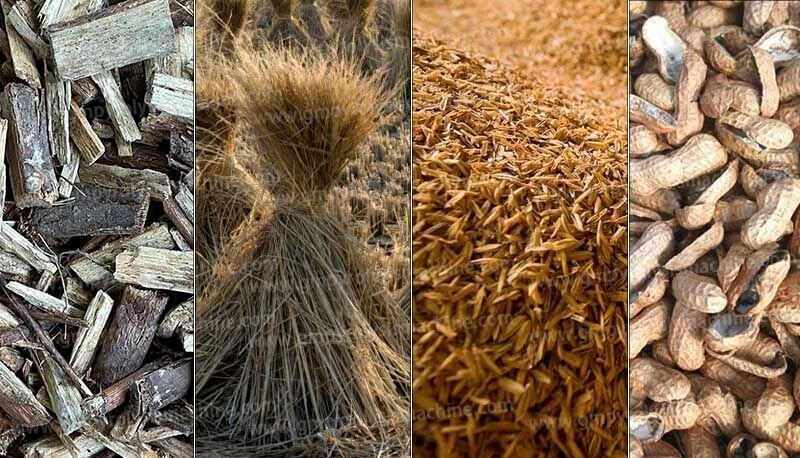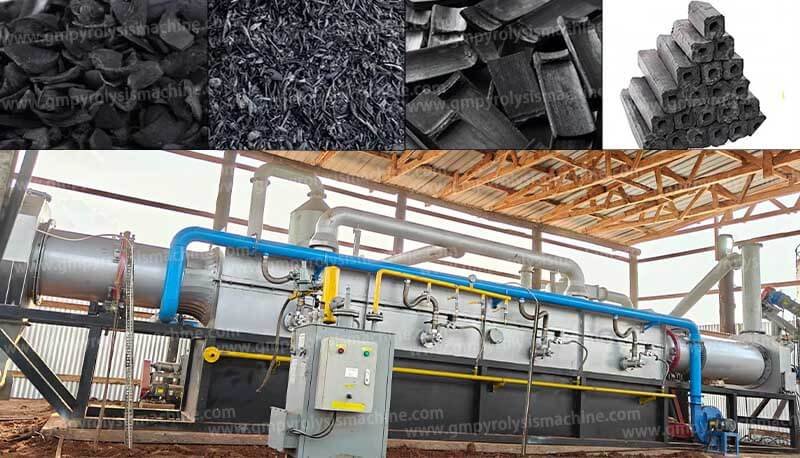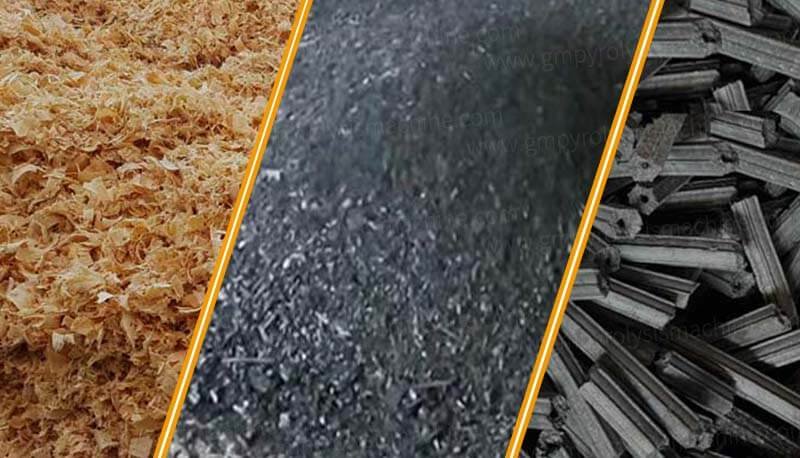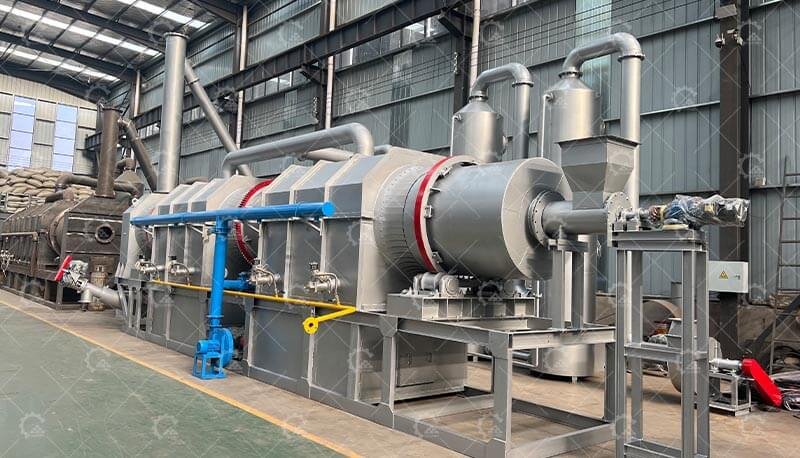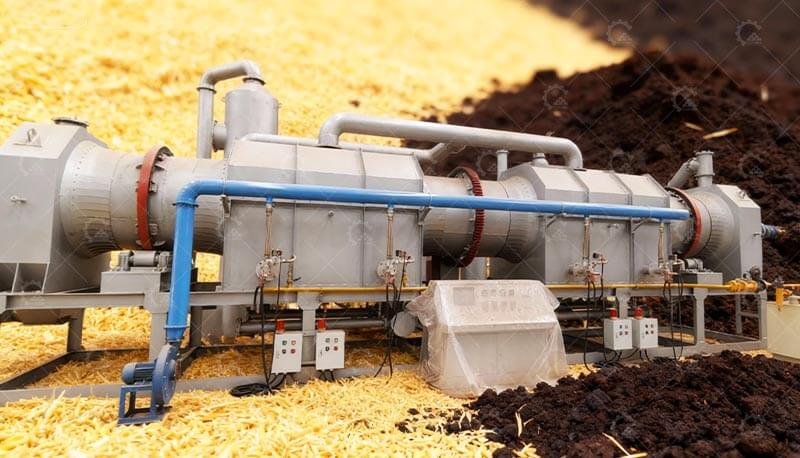In today’s eco-conscious industrial landscape, businesses seek innovative solutions to manage waste sustainably while maximizing profitability. A continuous carbonization furnace has emerged as a game-changer for industries processing biomass, agricultural residues, or organic waste.
What Is a Continuous Carbonization Furnace?
A continuous carbonization furnace is an industrial-grade machine designed to convert organic materials like wood chips, coconut shells, rice husks, and palm kernels into biochar through pyrolysis—a high-temperature, oxygen-limited process. Unlike batch-based systems, this furnace operates non-stop, ensuring consistent output, higher efficiency, and reduced labor costs.
Why Industries Are Switching to Continuous Carbonization Technology
1. Unmatched Efficiency in Waste Recycling
Traditional carbonization methods involve manual loading, intermittent operation, and uneven heating. A continuous carbonization furnace eliminates these inefficiencies with automated feeding, real-temperature control, and seamless processing. This means faster conversion rates (e.g., 1–3 tons/hour) and 30–50% lower energy consumption compared to batch systems.
2. High-Quality Biochar Output
Biochar is prized in agriculture, energy, and construction for its carbon-rich properties. Continuous systems ensure uniform pyrolysis, producing biochar with stable carbon content (70–90%) and minimal impurities—ideal for soil enhancement, fuel briquettes, or activated carbon.
3. Eco-Friendly & Compliant Operations
With strict emissions regulations globally, modern continuous carbonization furnaces integrate gas recycling and dust removal systems. Harmful byproducts like smoke and volatile gases are purified, meeting EPA and EU environmental standards.
4. Scalability for Diverse Applications
From small farms to large-scale recycling plants, these systems adapt to varied needs. Pair them with crushers, dryers, or briquette machines to process materials like sludge, MSW, or forestry waste.
Key Features to Look for in a Continuous Carbonization Furnace
When investing in an industrial carbonization system, prioritize these features:
Durable Construction: Stainless steel or refractory-lined chambers for longevity.
Smart Control Panel: Real-time monitoring of temperature, pressure, and feed rates.
Gas Recycling Technology: Convert syngas into heat energy, cutting fuel costs by 40%.
Customizable Capacity: Options ranging from 500 kg to 10 tons per hour.
Pro Tip: Partner with suppliers offering after-sales support, such as installation guidance and spare parts.
Applications Across Industries
1. Agriculture: Convert crop residues into biochar for soil enrichment.
2. Energy Production: Process coconut shells into charcoal briquettes for fuel.
3. Waste Management: Recycle municipal sludge or food waste safely.
4. Manufacturing: Produce activated carbon for water filtration systems.
Choosing the Right Supplier: 4 Critical Questions
1. Does the furnace comply with international safety certifications (CE, ISO)?
2. Can it handle your specific raw material’s moisture content and size?
3. What’s the total cost of ownership, including maintenance?
4. Are case studies or client testimonials available?
A continuous carbonization furnace isn’t just machinery—it’s a strategic investment in sustainability and efficiency. By transforming waste into profitable resources, businesses can reduce landfill reliance, meet ESG goals, and unlock new revenue streams.

